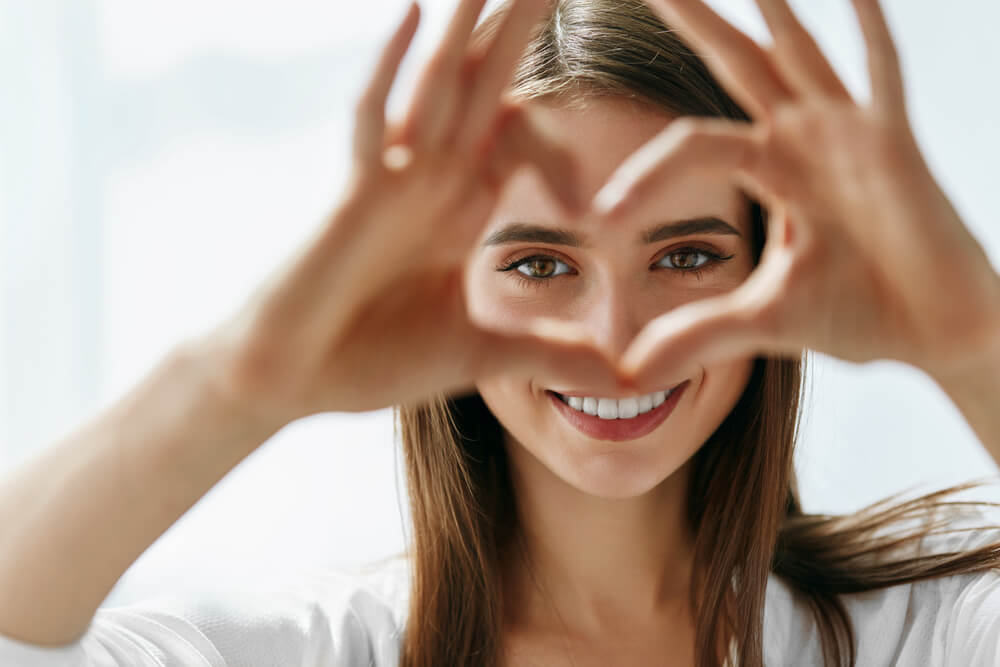Featured
The health of our eyes plays a critical role in our general health. Numerous people forget eye treatment till issues develop. With the enhancing usage of modern technology, exposure to ecological variables, and the all-natural aging process, taking positive steps to protect your eyes is essential. In this blog site, we'll go over several of one of the most usual eye problems and useful pointers on how to stop them, guaranteeing you maintain optimal vision throughout your life.

- Myopia (Near-Sightedness):
Myopia, or near-sightedness, is a problem where distant objects show up fuzzy while nearby things remain clear. It happens when the eye is also long, or the cornea is as well rounded, triggering light to concentrate in front of the retina. Nearsightedness prevails in children and young people, and its frequency has actually raised because of enhanced display time.
Prevention:
Limitation display time and encourage normal breaks to avoid eye stress. Promote outside tasks, as research studies suggest that hanging out outdoors can lower the risk of myopia advancement in children. If you are detected with nearsightedness, wearing corrective lenses such as glasses or call lenses can aid handle the problem. 2. Hyperopia (Far-Sightedness):
Hyperopia, or far-sightedness, is the reverse of nearsightedness. It happens when distant items are seen plainly, however close objects show up blurry. Hyperopia occurs when the eye is too short or the cornea is also level, causing light to concentrate behind the retina.
Prevention:
Regular eye tests can assist find hyperopia early. Comparable to myopia, restorative lenses (glasses or calls) are usually prescribed to deal with the vision. Exercising excellent visual habits, such as avoiding excessive close-up benefit lengthy durations, can additionally help reduce signs. 3. Age-Related Macular Deterioration (AMD):
AMD is a problem that impacts the macula, the part of the retina in charge of sharp main vision. This age-related condition triggers blurred or shed vision in the center of the aesthetic area, which can make jobs like analysis or recognizing faces difficult. While the specific root cause of AMD isn't completely recognized, it's linked to aging, genetics, and ecological elements.
Avoidance:
Shield your eyes from UV rays by using sunglasses that obstruct 100% of UVA and UVB rays. Consume a diet plan rich in antioxidants, specifically those discovered in leafed greens, fish, and nuts, to sustain retinal health and wellness. Don't smoke, as cigarette smoking is a significant threat variable for AMD. 4. Cataracts:
Cataracts create when the lens of the eye becomes over cast, hindering vision. This condition is most frequently related to aging however can also result from too much UV direct exposure, cigarette smoking, or certain clinical conditions such as diabetes mellitus.
Prevention:
Put on sunglasses with UV security to reduce UV direct exposure, which is a leading reason for cataracts. Stay clear of smoking, as it increases cataract formation. Preserve a healthy diet high in vitamins C and E, which have actually been shown to sustain eye wellness and prevent cataracts. If you have diabetes mellitus, it is necessary to manage your blood sugar level levels to decrease your risk. 5. Glaucoma:
Glaucoma describes a group of eye problems that harm the optic nerve, typically because of high intraocular stress. It can cause progressive vision loss and, if left unattended, result in blindness. Glaucoma is commonly called the "silent thief of view" since it generally develops without visible symptoms till considerable damage has happened.
Prevention:
Obtain routine eye exams, particularly if you have a family members history of glaucoma, as it is hereditary. Exercise regularly to assist improve blood flow and maintain healthy and balanced eye pressure. If detected with glaucoma, complying with recommended treatments and medicines is vital to manage the problem and stop additional damages. 6. Dry Eyes:
Dry eye syndrome takes place when your eyes do not create sufficient rips, or the rips generated are of inadequate top quality. This can result in irritation, redness, burning, and an abrasive feeling in the eyes. Environmental elements, screen time, and particular medications can aggravate completely dry eyes.
Avoidance:
Blink extra frequently when using digital gadgets to keep your eyes moist. Use synthetic splits or lubricating eye drops to keep your eyes hydrated. Enhance the humidity in dry settings making use of a humidifier. Consume alcohol lots of water to stay moisturized and support tear manufacturing. 7. Conjunctivitis (Pink Eye):
Conjunctivitis, or pink eye, is an inflammation of the thin tissue covering the white component of the eye. It can be triggered by microbial or viral infections, allergic reactions, or irritants. It is often contagious, conjunctivitis is generally a moderate problem that resolves with correct care.
Prevention:
Laundry your hands frequently and stay clear of touching your eyes. Do not share personal items such as towels, pillows, or make-up. If you wear contact lenses, make certain to adhere to proper health and cleaning procedures. Final Thought:
Taking positive measures to protect your eyes is essential in avoiding typical eye problems and preserving healthy vision. Routine eye exams, a healthy and balanced lifestyle, and exercising good habits like proper display use and UV security can all aid keep your eyes in leading form. By being conscious of prospective threats and acting currently, you can make sure that your vision continues to be clear and your eyes remain healthy and balanced for many years to come. Do not wait for eye troubles to occur-- look after your eyes today!
Latest Posts
Exactly How We Make Floor Covering Easy at Carpet Interiors Floor & Home
Commercial Roofing Providers by Weathercraft Business
Audio-Visual Providers for Unforgettable Occasions